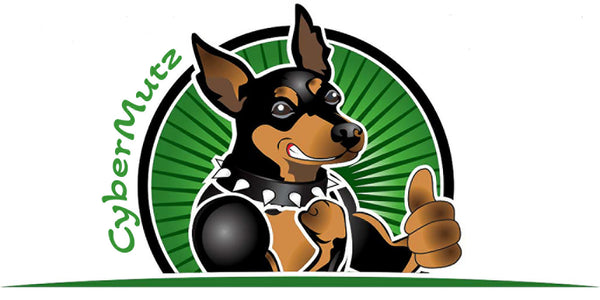
Raw, Cooked, or Kibble? A Balanced Look at Dog Diet Trends
Share
Raw, Cooked, or Kibble? A Balanced Look at Dog Diet Trends
If you’ve ever stood in the pet food aisle overwhelmed by options—or scrolled through Instagram posts featuring gourmet raw meals for dogs—you’re not alone. Dog nutrition has evolved beyond basic kibble, with pet owners exploring raw, cooked, and hybrid diets to keep their pups healthy and happy. But which one is best?
Let’s break down the pros, cons, and key considerations of the top dog diet trends: kibble, home-cooked meals, and raw feeding.
🥣
The Kibble Classic
What it is: Commercial dry dog food made through extrusion, often with a mix of meat meal, grains, vitamins, and preservatives.
✅ Pros:
-
Convenient, affordable, and easy to store
-
Balanced formulas with all essential nutrients
-
Long shelf life and widely available
⚠️ Cons:
-
Often contains fillers or artificial ingredients
-
Less moisture, which can affect hydration
-
Quality varies widely between brands
Best for: Busy owners, budget-conscious households, or dogs without special dietary needs.
🍲
Home-Cooked Diets
What it is: Meals prepared by you using fresh, whole ingredients like lean meats, vegetables, and grains—similar to human food, but tailored to canine nutrition.
✅ Pros:
-
Full control over ingredients and quality
-
Can cater to food sensitivities or allergies
-
Dogs often love the taste
⚠️ Cons:
-
Time-consuming to plan and prepare
-
Risk of nutritional imbalance if not properly formulated
-
Requires guidance from a vet or canine nutritionist
Best for: Dogs with allergies, picky eaters, or owners wanting complete ingredient transparency.
🥩
The Raw Food Movement
What it is: A diet based on raw meat, bones, organ meats, and sometimes raw vegetables and fruits. Commonly called BARF (Biologically Appropriate Raw Food).
✅ Pros:
-
Mimics ancestral diets—many owners report shinier coats, cleaner teeth, and better digestion
-
Highly palatable and natural
⚠️ Cons:
-
Risk of bacterial contamination (like Salmonella)
-
Nutrient balancing is critical and challenging
-
Not recommended for immunocompromised pets or households
Best for: Experienced owners willing to do the research or work with a vet; dogs with digestive or skin issues sometimes respond well to raw.
🐶 Which Diet Is “Best”?
There’s no universal answer. Each dog is different, and what works for one may not suit another. The ideal diet should:
-
Support your dog’s age, breed, and activity level
-
Be nutritionally complete and safe
-
Fit your lifestyle and budget
A hybrid approach—such as combining high-quality kibble with raw toppers or occasional home-cooked meals—can offer balance without being overwhelming.
🦴 Pro Tips for Choosing the Right Diet
-
Talk to your vet before making any changes
-
Watch for signs of poor diet: dull coat, digestive issues, low energy
-
Transition gradually when switching foods to avoid upset stomachs
-
Read ingredient labels—look for whole proteins and avoid excessive fillers
🐾 Final Thoughts
Whether you’re feeding kibble for convenience, cooking meals with love, or going primal with raw—what matters most is your dog’s overall health, energy, and happiness. Stay informed, stay flexible, and always prioritize quality over hype.
